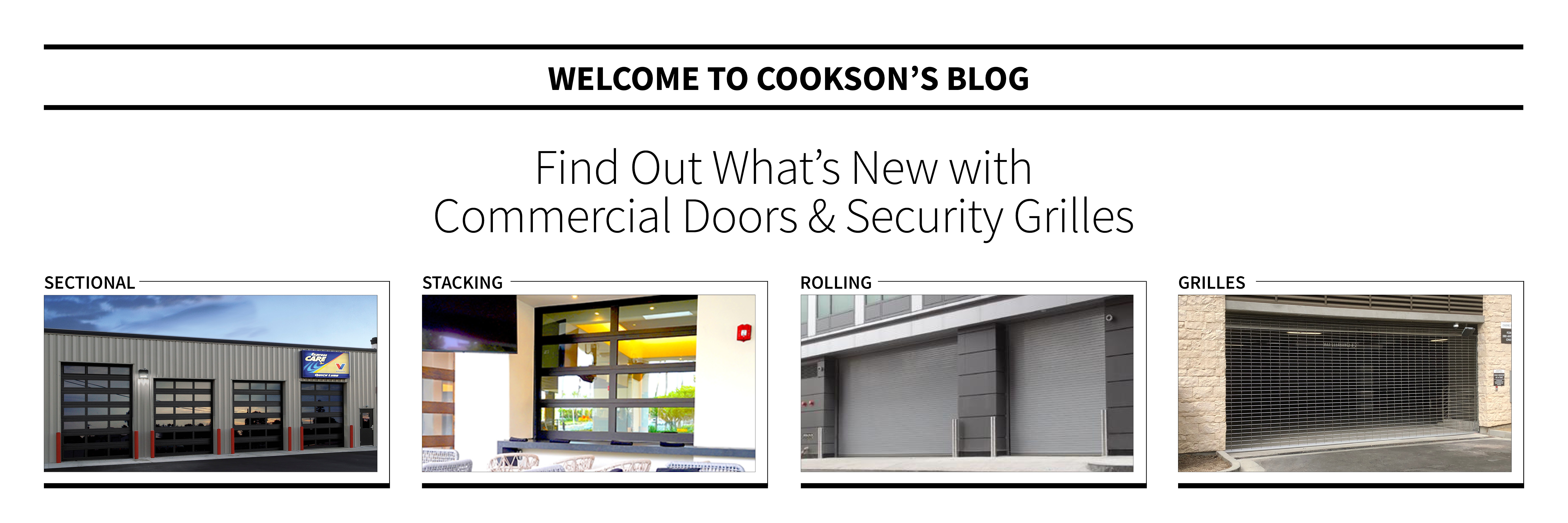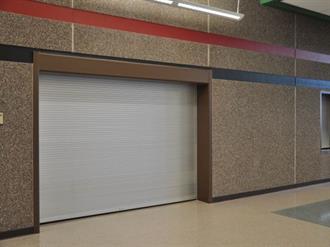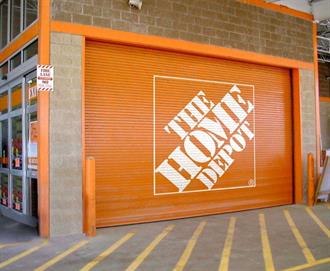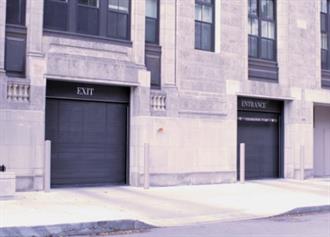

Cookson Blog
Welcome to the Cookson Blog! - Roll Up Door and Security Grille news - What's New?
SUBSCRIBE
Get updates on new blog posts to your inbox!
Non Contact vs. Contact Safety Devices for Rolling Doors
 When deciding on the correct rolling closure for a facility, building owners and managers must consider various factors. Not only is it essential to select the proper rolling products like commercial roll up doors or grilles, but it is also equally crucial to select the most effective safety device in order to maximize security and efficiency. Safety devices for rolling overhead door products, such as – sensing edges, photo eyes, and light curtains, fall into one of two categories: contact or non-contact. Here’s how to figure out what overhead door safety you need.
When deciding on the correct rolling closure for a facility, building owners and managers must consider various factors. Not only is it essential to select the proper rolling products like commercial roll up doors or grilles, but it is also equally crucial to select the most effective safety device in order to maximize security and efficiency. Safety devices for rolling overhead door products, such as – sensing edges, photo eyes, and light curtains, fall into one of two categories: contact or non-contact. Here’s how to figure out what overhead door safety you need.Light Curtains & Photo Eyes: Non-Contact Safety Devices
 Light curtains and photo eyes are classified as rolling door non-contact safety devices, meaning that no contact is needed for them to perform their safety function of halting downward travel and returning to the open position. Instead, these non-contact door devices use beams of light that signal the rolling door to stop and reverse when interrupted by an obstruction. When thinking about high-traffic facilities, light curtain safety devices for commercial rolling doors offer more functionality since they cover a greater area than photo eyes reaching up to a 6-foot height. If an object is present within this door’s 6-foot window, a descending closure equipped with a light curtain device will sense the entity, stop, and reverse the overhead door.
Light curtains and photo eyes are classified as rolling door non-contact safety devices, meaning that no contact is needed for them to perform their safety function of halting downward travel and returning to the open position. Instead, these non-contact door devices use beams of light that signal the rolling door to stop and reverse when interrupted by an obstruction. When thinking about high-traffic facilities, light curtain safety devices for commercial rolling doors offer more functionality since they cover a greater area than photo eyes reaching up to a 6-foot height. If an object is present within this door’s 6-foot window, a descending closure equipped with a light curtain device will sense the entity, stop, and reverse the overhead door.
This large sensing plane of the commercial door safety device makes this a good option for buildings that endure high door traffic, or where the coiling door opens and closes more quickly. Parking garages, for example, are often outfitted with a door light curtain device when high-performance doors or grilles are used that travel up to 24 ips on open and 12 ips on close.
 Photo eye door safety devices also don’t require contact with an object to activate their safety features. To detect an obstruction in a rolling door or closure path, the photo eye sensor uses a reflective or through beam to detect interferences with a 6 inch height from the floor. Once the photo eye door device senses an object, again, the commercial rolling doors stop closing and return back to the open position. These features make it a suitable device for complexes with medium to low vehicle and/or pedestrian overhead door traffic.
Photo eye door safety devices also don’t require contact with an object to activate their safety features. To detect an obstruction in a rolling door or closure path, the photo eye sensor uses a reflective or through beam to detect interferences with a 6 inch height from the floor. Once the photo eye door device senses an object, again, the commercial rolling doors stop closing and return back to the open position. These features make it a suitable device for complexes with medium to low vehicle and/or pedestrian overhead door traffic.
Contact overhead door safety devices
There are also contact safety industrial door devices available. A popular type of contact safety device is a door-sensing edge, which is activated when the bottom bar of a rolling door makes contact with an object obstructing its path. After the object makes contact with the edge, the rolling door stops closing and returns to its open position.
Sensing edges can be installed on overhead closures instead of or in combination with photo eyes, making them an excellent option for low-traffic locations, where a rolling closure travels a standard rate of 8 ips or slower when opening or closing.
Overhead door safety device alternatives
Retail locations and other areas with a lot of pedestrian foot traffic often decide that installing a door safety device is unnecessary. Instead, they opt for a control station equipped with a close button that makes the user push it the entire time the commercial rolling doors close. This concept is known as constant pressure to close.
In this situation, the close button must be installed in direct sight of the rolling door product according to UL 325 Compliance. This direct line of vision is crucial for the simple reason that if an object or person gets in the way of a rolling overhead door, the individual manning the control station can lift their finger from the button and immediately stop the coiling grille or door from closing.
Choosing the Right Overhead Door Safety Device
 Before deciding what overhead door safety device is suitable for you, there are critical points to consider:
Before deciding what overhead door safety device is suitable for you, there are critical points to consider:
- Amount of traffic: Building owners often choose light curtains for high-traffic areas and photo eyes for more moderate vehicle traffic. Contact options like sensing edges are a good fit for low-traffic applications.
- Type of traffic: Devices with constant-pressure close buttons are typically the most effective for areas with high pedestrian traffic. Depending on the volume, locations with more vehicle traffic often benefit from non-contact or contact devices.
- Average number of daily cycles: A facility requiring a high number of daily cycles should consider a more advanced solution, like light curtains, to maximize operational efficiency. Photo eyes could be a better option for buildings needing a more versatile solution for varying traffic amounts.
The right rolling door and safety device combination ensures efficiency and safety while saving time and money.
Our Extreme® 300 Series doors are good for high-performance applications requiring fast operating speeds with soft starts and stops. These doors feature intelligent communication with photo eyes that work well for parking garages and other moderate traffic applications. Extreme 300 Series doors offer up to 300,000 maintenance-free cycles aside from routine daily checks.
Many of our doors are fully customizable according to the requirements of your unique application. We offer various entrapment protection devices for commercial doors, from electric sensing edges and weather edge seals to advanced photo eyes and light curtains. Our innovative wireless edge kits eliminate the need for an electric cord between the motor and the sensing edge.
Additionally, smoke seal edges are designed to activate when sensing fire or smoke. With the momentary contact-to-close option, operators can close the doors manually when needed.
Contact the experts at Cookson to learn more
For more information about which overhead door safety device best fits your application, turn to the experts at Cookson. We offer various rolling door products to align with nearly any operational requirement. Contact us today for more information.

Cookson continues to lead in innovations in roll up door, security gate and closure products. To inquire how Cookson’s experts and customer service can help you with your next roll up door project, call 1-800-294-4358.





